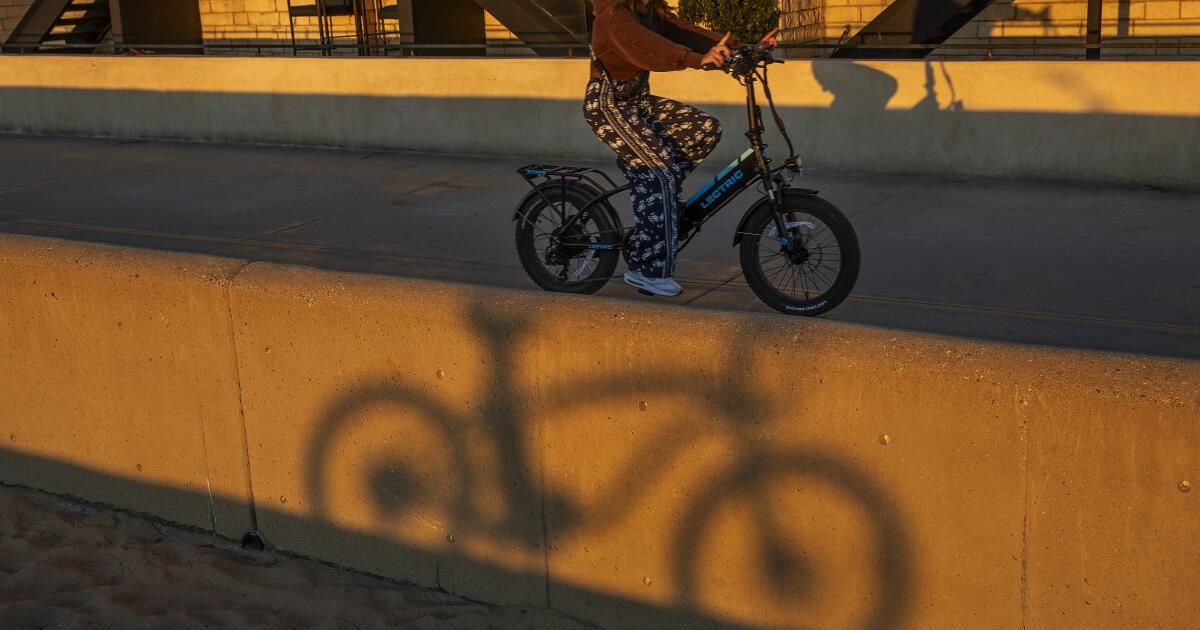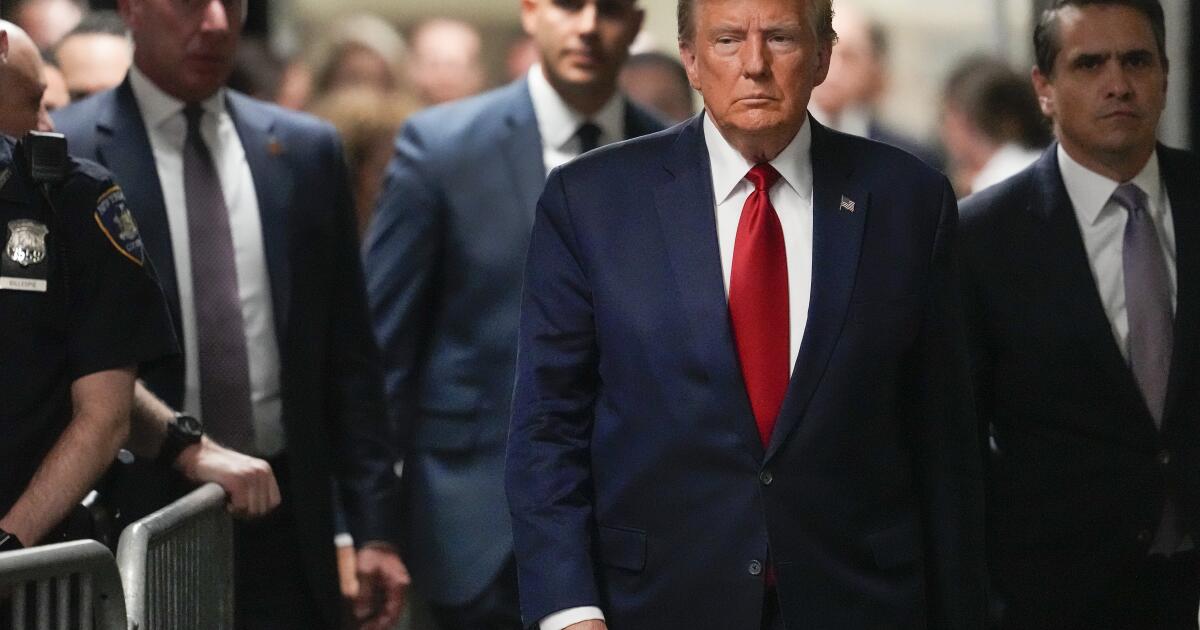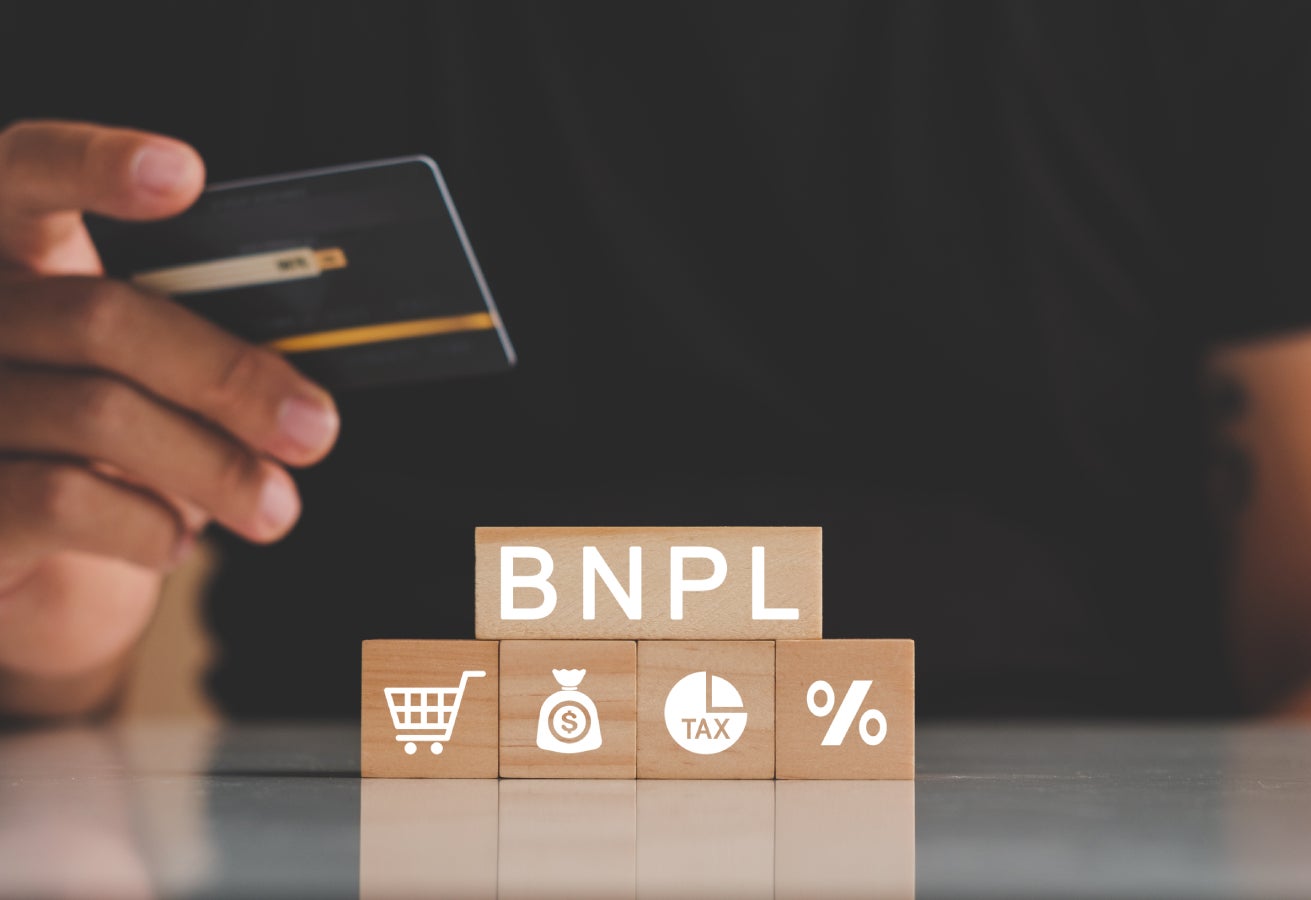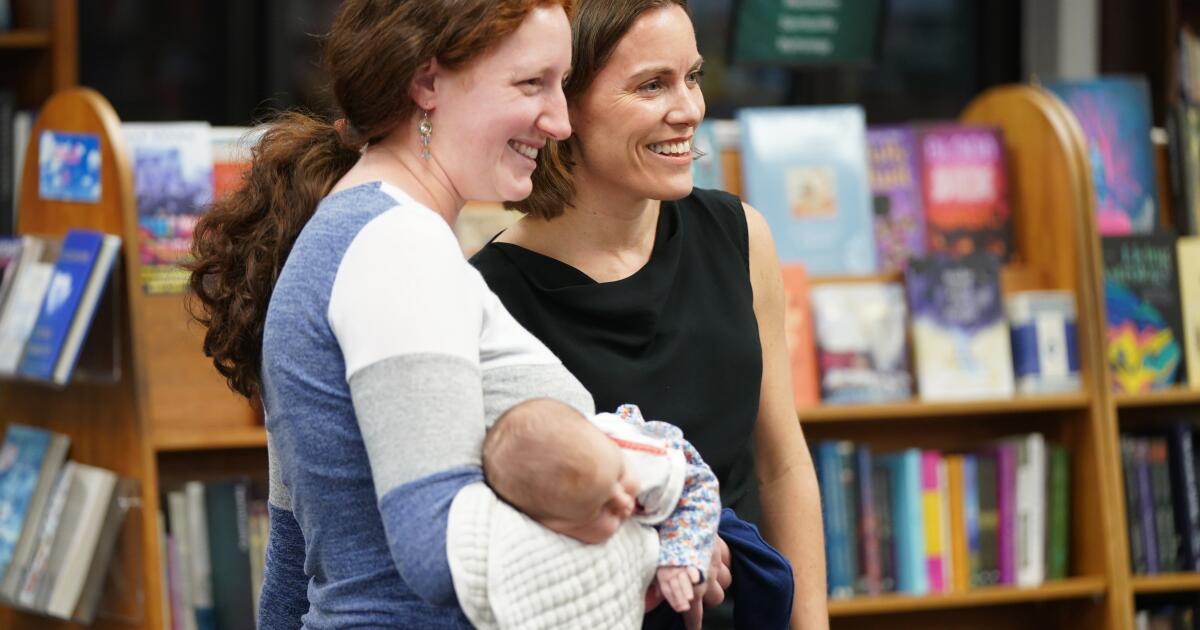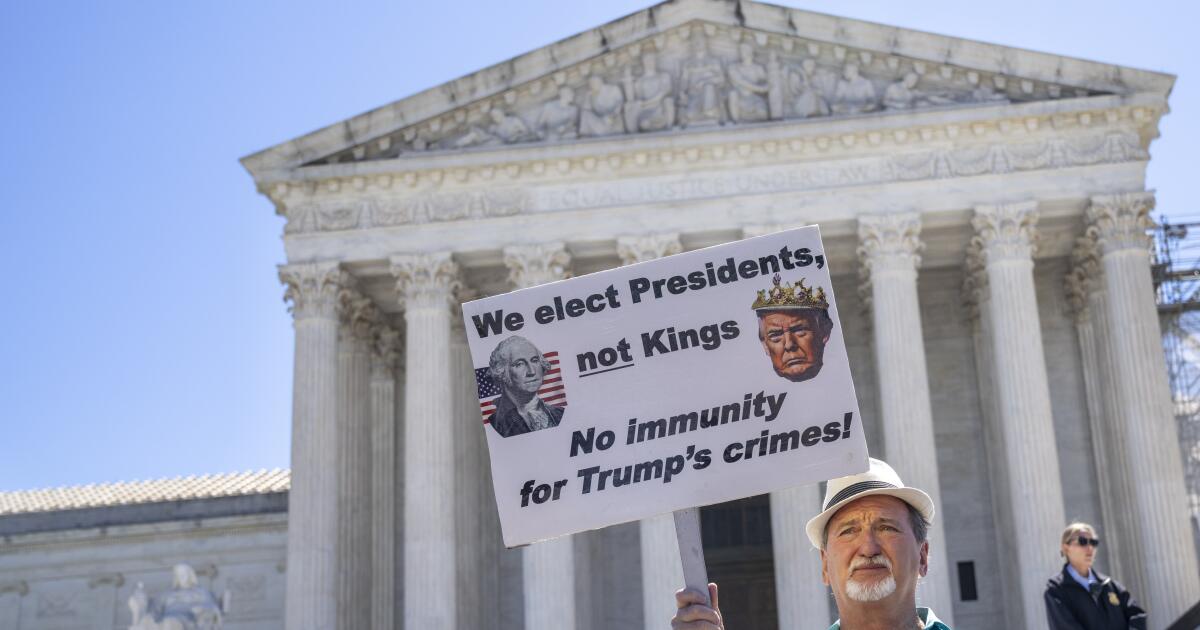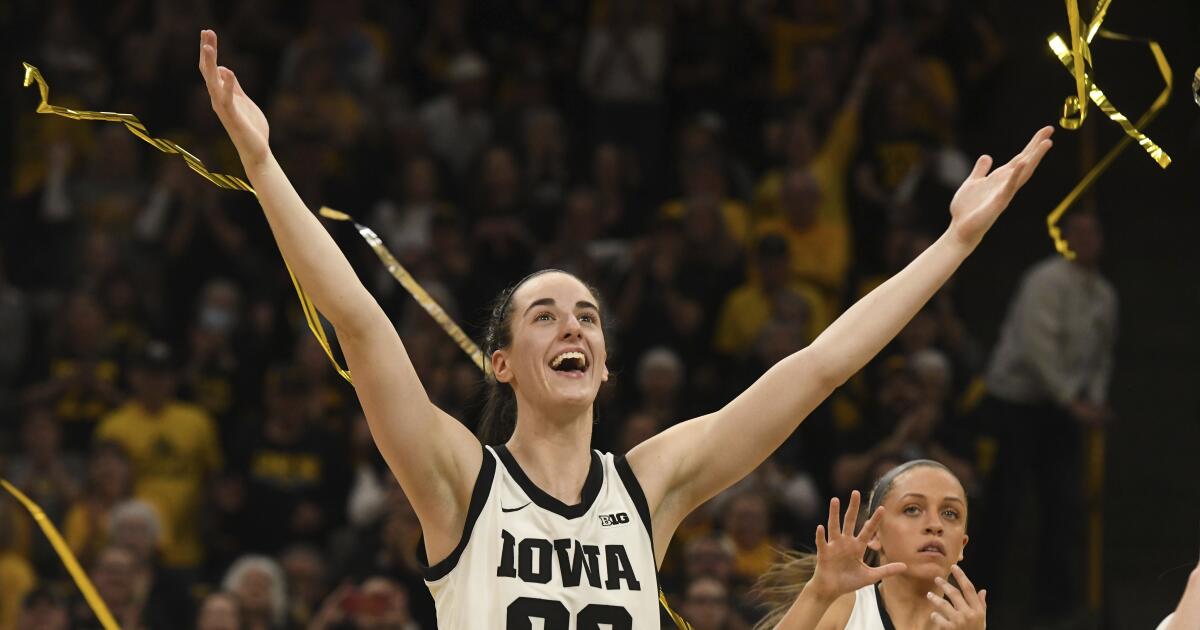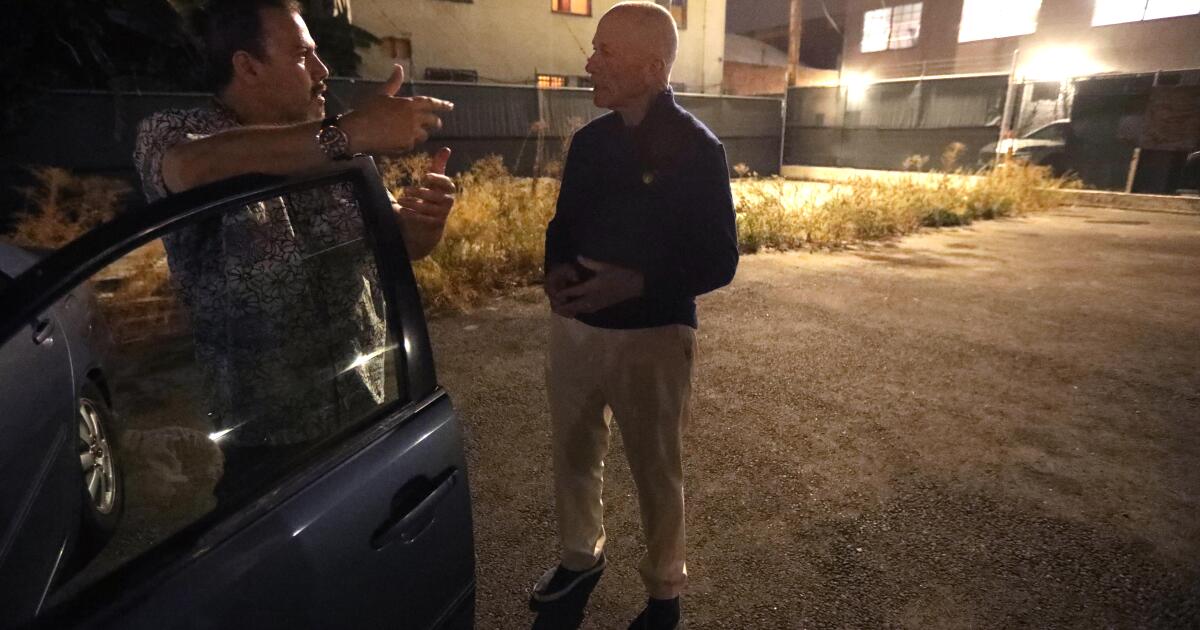The campaign for pass HLA Measurement – an initiative that would force Los Angeles to implement its own adopted traffic safety plan much faster than the current 160-year pace – paints a bleak picture of bicycling and walking in the city. That's right: More people died in urban traffic in 2023 than in any of the last 20 years, and most of the 336 deaths were pedestrians.
I have experienced the worsening situation as a cyclist in Los Angeles for almost 20 years. He Increasing size and power of automobiles. and the evident impatience of motorists they have exposed the city half-hearted attempts to improve cycling infrastructure as transportation tokenism.
To understand how disconcerting this is for cyclists, I suggest you saddle up and pedal on a culvert bike lane during rush hour. But I could never recommend doing that.
Still, none of this should obscure a simple truth about cycling: it's fun. Too much fun. If I were leading the campaign to pass Measure HLA, the slogan would be: “Make Los Angeles Fun Again.”
It's a shame that Angelenos of all types (old and young, with and without disabilities) are afraid to leave the streets unless they are in a car. The improvements Measure HLA seeks for hundreds of miles of urban roads—protected bike lanes, protected bike lanes, and better sidewalks, to name a few—would make our streets attractive and fun for more than just avid cyclists like me.
And by fun, I mean not just childlike exuberance, but also the kind of soul-enriching experiences rare in car travel.
I take my electric bike to work. My trip from my home in Alhambra to the Times newsroom in El Segundo covers 23 miles, a distance that traverses bustling urban centers and historic neighborhoodsall in one morning.
If the coffee smells good in a store, I stop and buy a cup. If a new sight catches my attention, like the upright space shuttle at the California Science Center, I stop, gape, and take a photo. Every pedestrian in a crosswalk receives a “good morning.”
I also talk to my mom, who died last year. She worked as a nurse at LA General Medical Center in Boyle Heights. until the day he collapsed from brain lymphoma. “I miss you, Mom, all the time,” I tell her as we pass by her hospital.
The most embarrassing thing is that I sing, out of tune and often with invented lyrics. My apologies to the students and teachers at St. Cecilia Elementary School south of USC, who may have noticed someone singing Simon and Garfunkel just as school starts.
I also have some originals; maybe Schoolhouse Rock could borrow my paean to patient driving: “You look great, dum dum da-dum, when you wait, dum dum da-dum.”
Singing has a safety purpose. I have discovered that it not only helps to be very visible, but also to be loud, and in a very particular way.
The din of urban life comes primarily from machines: gasoline-burning engines, tires rolling on the pavement, and emergency vehicle sirens. The sound of discernible human voices is so rare on rush-hour streets that cheerful singing cuts through the noise and draws attention. Whatever works!
Safety tricks like that aren't enough to entice new, vulnerable cyclists (like children, the elderly, and “curious cyclists”) to get out of cars and onto a bike. The personal joy I experience on these streets is not the answer people look for when they ask me about my bike trip: “But is it safe?”
These people need to see real infrastructure, common in many other cities, that offers them some security by separating them from vehicle traffic. Painted bike lanes on busy roads simply invite them to take risks. It is not unreasonable for people to reject the most climate-friendly form of transportation if it could cost them life or limb.
If voters approve Measure HLA on March 5, there could come a day when the joy of bicycling in Los Angeles is enough to attract more people to bikes. Because all that new infrastructure would finally answer the question: “But is it safe?”

